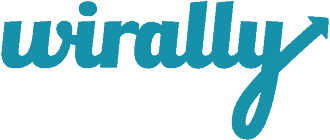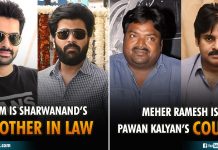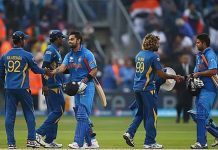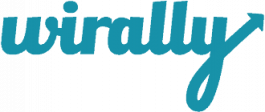Hindustan Unilever Limited (HUL) is an Indian consumer goods company whose headquarters are in Mumbai, India. It is a subsidiary of “Unilever”, a British-Dutch company. Their products include cleaning detergents, food, beverages, water purifiers, personal care products, and other fast-moving consumer goods. Hindustan Unilever Limited (HUL) was established in 1931 as Hindustan Vanaspati Manufacturing Co. it was renamed as Hindustan Lever Limited, then in June 2007, it was again renamed as Hindustan Unilever Limited.
Headquarters and Research Facility
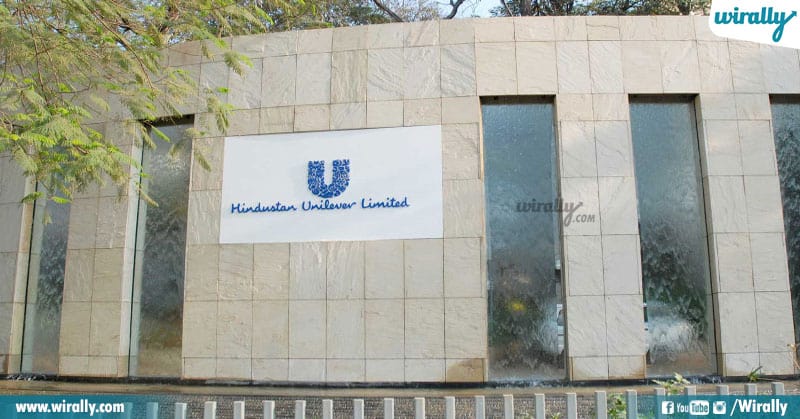 Hindustan Unilever, HUL’s corporate headquarters are located in Andheri, Mumbai. The campus is known to have won Gold certification from Leadership in Energy and Environmental Design (LEED) in the ‘New Construction’ category, by Indian Green Building Council (IGBC), Hyderabad, under licence from the United States Green Building Council (USGBC). The campus covers over 12.5 acres of land including houses for 1,600 employees. There seem to be many facilities for the employees, including a food court, a healthcare centre, a convenience store and also a gym. The campus is designed by a famous Architecture company, Kapadia Associates, which is Mumbai-based. The old headquarters of the company was located at Backbay Reclamation, Mumbai at the Lever House, where it stayed for over 46 years.
Hindustan Unilever, HUL’s corporate headquarters are located in Andheri, Mumbai. The campus is known to have won Gold certification from Leadership in Energy and Environmental Design (LEED) in the ‘New Construction’ category, by Indian Green Building Council (IGBC), Hyderabad, under licence from the United States Green Building Council (USGBC). The campus covers over 12.5 acres of land including houses for 1,600 employees. There seem to be many facilities for the employees, including a food court, a healthcare centre, a convenience store and also a gym. The campus is designed by a famous Architecture company, Kapadia Associates, which is Mumbai-based. The old headquarters of the company was located at Backbay Reclamation, Mumbai at the Lever House, where it stayed for over 46 years.
The Hindustan Unilever Research Centre (HURC) is located in Mumbai and was set up in 1966, and the Unilever Research India was set up in Banglore in 1997. The excellent staff at these Research centres have created many innovative products and exciting manufacturing ideas. The company’s research facilities were combined at one site in Banglore, in 2006.
Birth of Unilever
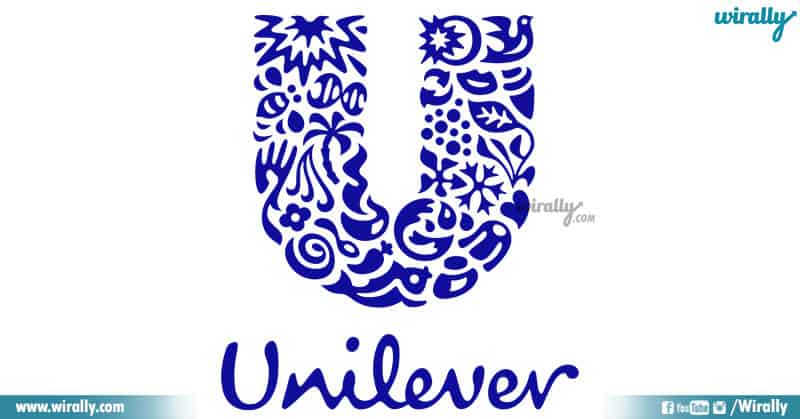 In 1927, Dutch-Margarine producer, Margarine Unie and British soapmaker, Lever Brothers merged their companies to form Unilever. Unilever is a British-Dutch fast-moving consumer goods (FMCG) company which became one of Europe’s most helpful enterprises as well as the world’s most vital consumer goods company according to the measuring of revenue in 2012. Unilever commenced as a merger between Margarine Unie and Lever Brothers. The Margarine Unie was a merger between two rival Dutch Margarine factories, The Jurgens (1872) and Van Der Bergh (1888). In 1927, they merged for profit sharing and obtaining a large percentage of market share in the Margarine market. In 1885, William Hesketh Lever and James Darcy Lever founded “The Lever Brothers”. Their company made the first mass-produced packaged laundry soap, “Sunlight”. The innovative soap making process of The Lever Brothers made cleanliness and hygiene affordable for both, the middle and lower class.
In 1927, Dutch-Margarine producer, Margarine Unie and British soapmaker, Lever Brothers merged their companies to form Unilever. Unilever is a British-Dutch fast-moving consumer goods (FMCG) company which became one of Europe’s most helpful enterprises as well as the world’s most vital consumer goods company according to the measuring of revenue in 2012. Unilever commenced as a merger between Margarine Unie and Lever Brothers. The Margarine Unie was a merger between two rival Dutch Margarine factories, The Jurgens (1872) and Van Der Bergh (1888). In 1927, they merged for profit sharing and obtaining a large percentage of market share in the Margarine market. In 1885, William Hesketh Lever and James Darcy Lever founded “The Lever Brothers”. Their company made the first mass-produced packaged laundry soap, “Sunlight”. The innovative soap making process of The Lever Brothers made cleanliness and hygiene affordable for both, the middle and lower class.
Though different in terms of products, Margarine Unie and Lever Brothers used a common ingredient that was animal fat. As a result, rather than the 1929 merger to become an actual union, it resulted in being more of a joint venture. The name “Unilever” was invented from a mixture of “Uni” from “Margarine Unie” and “Lever” from “Lever Brothers”. In respect to this fact, Unilever was registered as a well-known company and was distributed to headquarters, The Unilever PLC, which is located in the London United Kingdom and Unilever NV at Rotterdam Netherlands.
Growth of Hindustan Unilever
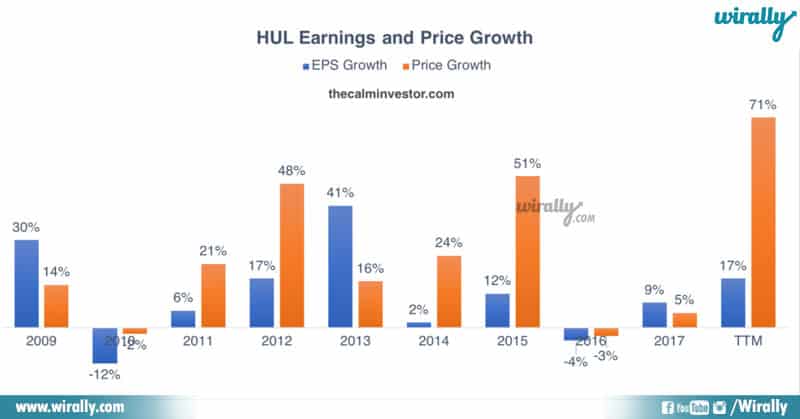 Despite Unilever’s attempt to venture through Africa and Latin America as the effects of World War 2 made the expansion through the rest of Europe restricted. So, Unilever turned our focus towards the growth in the United Kingdom and The United States.
Despite Unilever’s attempt to venture through Africa and Latin America as the effects of World War 2 made the expansion through the rest of Europe restricted. So, Unilever turned our focus towards the growth in the United Kingdom and The United States.
- In 1943, Unilever acquired the American tea company “Lipton” and the toothpaste company “Pepsodent” in the following year.
- The same year, Unilever acquired “Batchelor” the largest Britain vegetable canner at the time when they were experiencing some staff difficulties and also reduced the distribution of resources because of the ongoing war.
- In 1954, Unilever launched a haircare product for women known as “Sunsilk” in the United Kingdom and a personal care product called “Dove” was established in the United States in 1957.
- During the 1950s, facing tight competition and increasing public awareness about the health problems of saturated fats, the sales in Unilever suffered because half of their profits came from the sales Margarine. The same situation happened for laundry soaps.
- During these years, Unilever had to cope up behind the new arrivals “PandG” synthetic detergents and their first utilization of teeth strengthening fluoride in their toothpaste in 1955.
- To avoid overdependence on Imperial Margarine, Unilever expanded its market share towards food and beverages before PandG.
- In 1957, Unilever allowed full control of the frosted foods or Birds Eye and their frozen food technology.
- The US subsidiary of Unilever acquired “Good Humor” ice cream.
- In 1971, Unilever expanded its tea business from the United States to the United Kingdom, where they were able to obtain British Lipton limited from alight suppliers.
- Unilever made the most expensive national starch and chemical corporation for four hundred and eighty-seven million dollars, which is a producer of corn starch adhesives and other chemical products. This was known to be the most significant foreign acquisition of the United States company.
- Additional acquisitions of small and medium-sized companies in the late 1970s marked Unilever’s expansion to 30% of Western Europe’s ice cream market.
- Unilever’s various subsidiaries became challenging to manage and the profit as a group. During the 1980s, Unilever focused on becoming more of FCMG company for consumer needs such as toiletries, packaged food and beverages.
- In 1983, Unilever launched “Axe Lynx” which is a brand for male grooming products in France.
- In 1984, Unilver succeeded in an unfriendly take over of UK tea brand “Brooke Bond” for three hundred and nineteen million euros.
- In 1987, Unilever gained a foothold in the beauty and healthcare market, based on likes in “Nivea” through the acquisition of “Cheesebro” manufacturing and “Ponds” cream.
- In 1993, Unilever acquired “Breyers” from Kraft foods business to rank second in US ice cream products.
- In 1996, Unilever purchased the highly successful Helen Curtis Industries business for seven hundred and seventy million dollars.
- In 2000, for expanding their venture in the cosmetics and beauty products, Unilever acquired the best food with its companion food brands of “Hellmann’s” and “Knor” for 13.4 billion euros.
- In 2001, Unilever owned ‘Lever Faberge” who owns household and cosmetic products like “Axe”, “Dove”, “Sure”, “Comfort” even today.
- During this time, Unilever split into divisions, Home, personal care and food.
- In 2004, Unilever revealed its corporate logo which was designed by the brand consultancy, “Wolff Olins”. The logo took the shape of “U” made with 25 icons that represented company’s sub-brands of values of adding vitality to life for ensuring future success as one of the leaders in the tea industry in 2007.
- Unilever worked with tea farmers and an international environmental NGO Rainforest Alliance to ensure sustainable farming practices that will enable tea plants to grow in a healthy environment.
- In 2010, Unilever started focusing on health and personal care products since their sales were magnificent than food and beverages.
- In the same year, Unilever completed their 1.2 billion dollars binding offer for Sara Lee Corporation’s care brands of Badedas, Duschdas, and Radox.
- Unilever had to sell its United States business and several care brands to other companies to acquire the Alberto-Culver company. Alberto-Culver was acquired in late 2010 for 3.7 billion dollars in addition to its hair and skincare brands such as VO5, Nexxus, Simple, Mrs Dash and TRESemme.
- In 2013, Unilever increased its rank to 67% in its Indian subsidiary, “Hindustan Unilever” for 2.45 billion euros.
- In the same year, Unilever invested 1.04 billion pounds in research and development to improve new products and technologies that would meet consumer’s needs.
- In 2014, PandG sold their soap brands to Unilever.
- In 2015, Unilever integrated its range of brands of flora and “I Can’t Believe its Not Butter” into an independent group called Unilever Baking, Cooking and Spreading.
- As the company seems to fall behind in the male grooming market, Unilever acquired a highly successful Dollar Shave Club in 2016 for one billion dollars.
- In 2016, Unilever purchased seventh-generation incorporation for seven hundred million dollars.
- In 2017, Unilever acquired the “Tazo” tea brand from “Starbucks”.
- In the same year, Unilever purchased UK organic herbal tea “Pukka”.
- Unilever is Co-headquartered in Unilever PLC of London, United Kingdom and Unilever NV of Rotterdam, Netherlands. Both the companies function as a separate entity with the same board of Directors but different shareholders and stock exchange—London Stock exchange and Euronext Amsterdam, respectively.
- Unilever has research and development centres in the United Kingdom, Germany and India. These Research and Development centres are dedicated to proceeding innovations and research consumer coasts for future products.
- Since 2017, Unilever controls over 400 brands with increased revenue of fifty-three billion euros, including 13 brands with respective revenues over 1 billion euros.
- The numerous brands like “Knor”, “Dove”, “Sunsilk”, “Axe” and, “Hellmann’s” are categorized into four main divisions, each targeting a part of the consumer market namely food, soups, Margarine spreads, soaps, refreshments, beverages and ice cream, homecare, powders and other cleaning products, personal care, skincare, and hair care products such as lotions, moisturizers, deodorants and hair sprays.
- Unilever’s products are now selling in over 190 countries, with about two billion consumers using them globally.
Also Read: The Success Story Of Sundar Pichai
